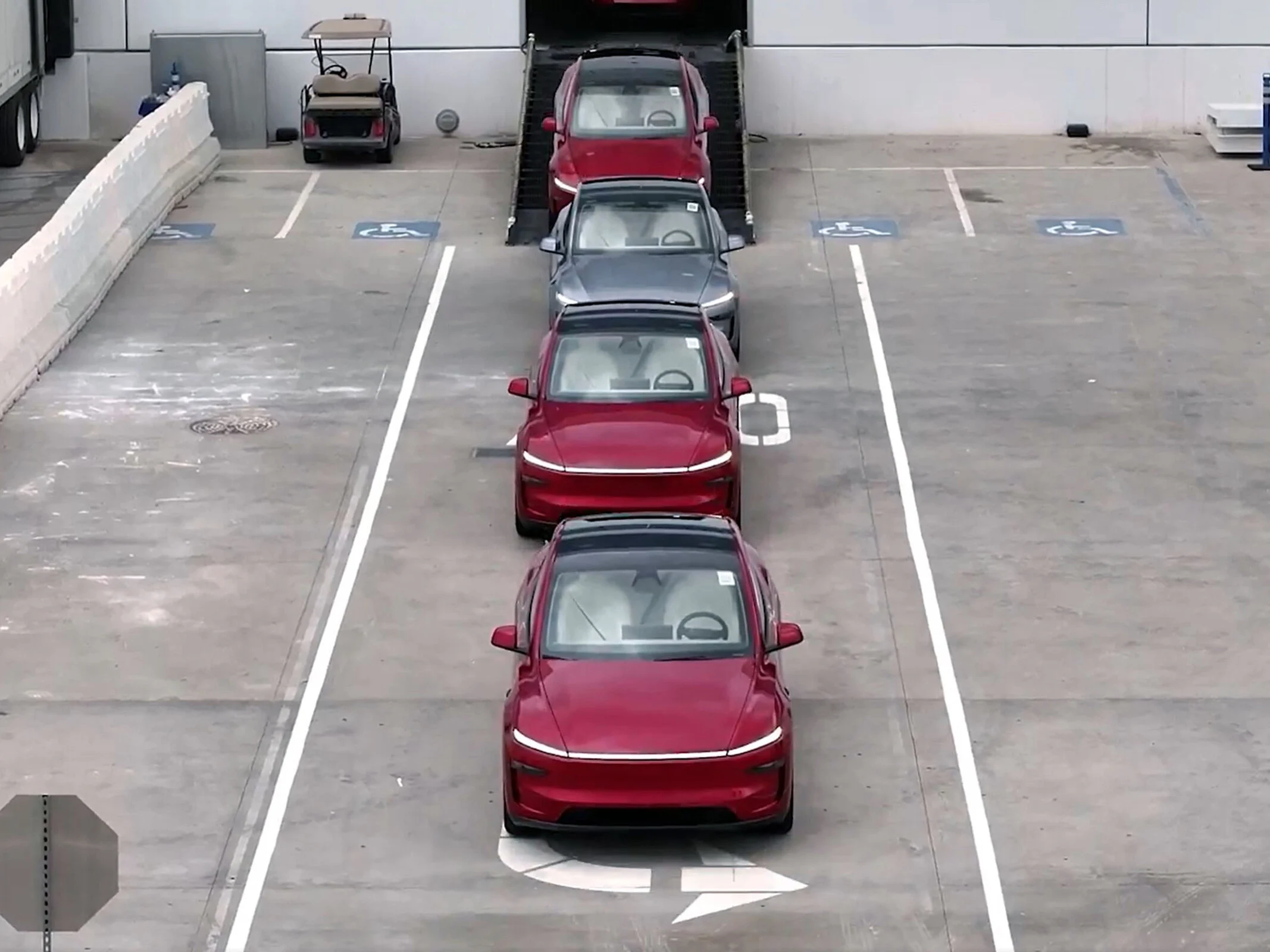Key Takeaways
1. Tesla’s unsupervised Full Self-Driving (FSD) system has exceeded 50,000 miles of operation without human intervention.
2. The FSD technology utilizes advanced AI4 (Hardware 4.0) for navigation in complex environments, including interactions with pedestrians and other vehicles.
3. Public testing of the unsupervised FSD is set to begin in Austin in June, with a focus on refining algorithms through extensive mileage logging.
4. The Cybertruck faces unique challenges, such as navigating a steep incline and may feature multicolored ambient lighting, although its standard inclusion is uncertain.
5. Tesla plans to integrate FSD algorithms into older models but may need to retrofit them with new hardware, while also aiming to launch the Cybercab robotaxi fleet next year amidst regulatory challenges.
Tesla has surpassed 50,000 miles of operation using its so-called unsupervised Full Self-Driving (FSD) system, which does not need any human intervention.
Driving in the Factory
These drives have taken place at Tesla’s factories, featuring the new Model Y and Cybertruck, which autonomously navigate from production lines to delivery parking areas. The self-driving vehicles utilize the latest AI4 (Hardware 4.0) technology, which includes advanced cameras and computing power to maneuver through complicated road scenarios involving signs, construction, and both pedestrian and vehicle traffic. Additionally, they can communicate with each other to prevent accidents.
Upcoming Public Testing
The pilot testing of the unsupervised FSD on public roads is set to start in Austin this upcoming June. Tesla aims to log as many miles as possible to refine its algorithms ahead of this significant rollout. The test drives at Giga Texas and Fremont involve the Model Y, traveling about a mile and a half “on a road shared with pedestrians, cars, semi trucks, construction equipment & more,” as stated by the Tesla AI team.
Cybertruck’s Unique Challenge
The Cybertruck is tasked with an even more exciting driverless mission, as it maneuvers up a 17% incline to exit a special Cybertunnel located beneath one of the busiest highways in the United States, continuing on to its delivery lot. Videos showcasing the Cybertruck and Model Y operating with unsupervised FSD and without a human present highlight a potentially new feature of the autonomous technology. Tesla seems to have chosen to equip its FSD vehicles with multicolored ambient lighting, though it remains uncertain if this is for promotional video syncing or if it will be a standard feature for vehicles using unsupervised FSD.
Future Plans and Retrofits
Regardless, Tesla is expected to kick off its public road pilot testing with HW4 vehicles like the Model Y and Cybertruck that it manages. These vehicles will likely still have Tesla personnel inside as a backup and to expedite regulatory approval. The Tesla AI team is also attempting to integrate the unsupervised FSD algorithms into older models equipped with HW3 cameras and systems. However, Elon Musk suggested that this may not be feasible, indicating that Tesla might need to retrofit older cars, whose owners wish to participate in its robotaxi service, with HW4 kits at no cost. There may also be a need to install colored LED interior lighting.
The Cybercab, envisioned as the core of the robotaxi fleet, could join the lineup sometime next year. However, Tesla faces challenges in obtaining the necessary autonomous driving permits to operate vehicles without pedals or a steering wheel on public roads. To navigate this hurdle, Tesla is currently using Model 3 test vehicles fitted with the Cybercab camera setup to assess how the positioning will perform while driving autonomously outside the factory.
Source:
Link


Leave a Reply